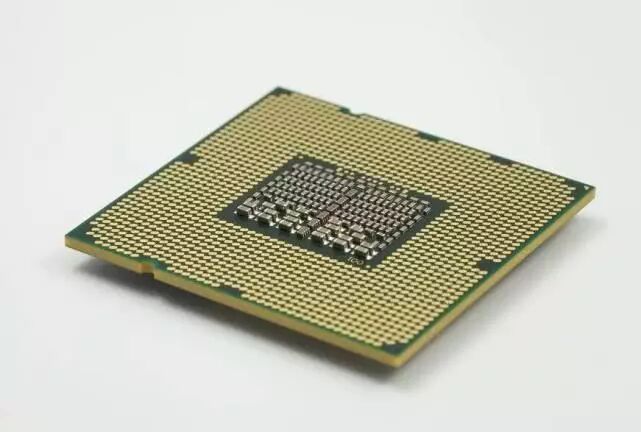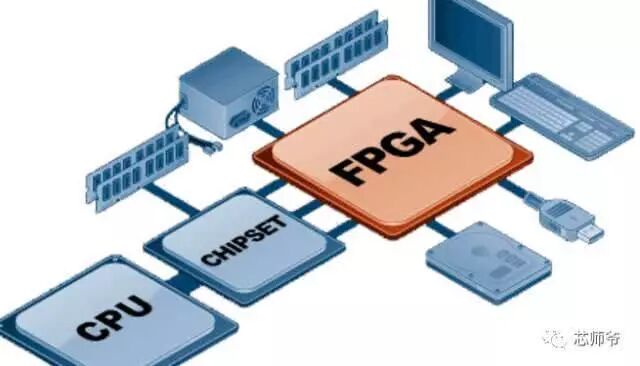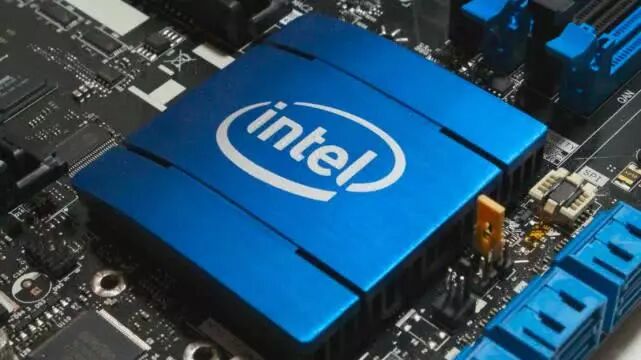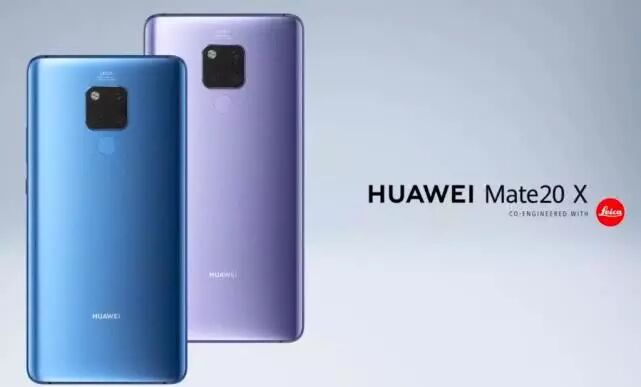In recent years, one of the hot topics in the military sector has been chips. The United States has imposed a long-standing blockade and sanctions on Chinese chips, refusing to sell any military-grade chips and restricting many high-end civilian chips. The ZTE incident serves as a significant lesson: without mastering core technologies, one can be easily manipulated, leaving no options but to concede.
China’s military research has been accustomed to sanctions from Western powers, and achieving results through self-reliance has become the norm. Recently, media reports indicate that the Beijing Institute of Microelectronics has successfully developed the first domestically controllable aerospace-grade high-performance FPGA (Field Programmable Gate Array) chip with tens of millions of gates. After ATE testing and board-level validation, the two FPGA models released this time have functional and performance indicators that meet the level of foreign benchmark products. Compared to the previous generation BQR2V series FPGA products, the system capacity has increased by 58%, system performance has improved by 50%, and power consumption has decreased by 40%.

Aerospace-grade chips require special consideration for radiation protection, especially single-event upset, which is a significant challenge that drives up costs.
As a very important type of chip, FPGAs have always been a shortcoming in China, with the market largely monopolized by foreign companies. In the domestic FPGA market, which exceeds 10 billion yuan, the market share of domestic products is less than 3%. With the overall growth in demand for consumer electronics and communication terminal devices, the development of artificial intelligence, big data, cloud computing, smart vehicles, and edge computing in the Internet of Things has greatly increased the demand for FPGAs. It is estimated that from 2017 to 2021, the entire FPGA market will steadily grow at an average annual rate of 9%, exceeding 10 billion USD.
Currently, the civilian FPGA market is mainly dominated by two American giants, Xilinx and Altera (acquired by Intel two years ago), which together account for 90% of the global market. In reality, mid-to-high-end civilian FPGAs can only be purchased from the United States, while military aerospace-grade FPGAs are extremely expensive, starting at hundreds of thousands of yuan, and even with money, they are often unavailable.

Satellites require high-speed computation and information processing, making the use of FPGAs quite common.
Worse still, high-tech electronic communication companies in China, such as Huawei and ZTE, require a large number of advanced FPGAs, almost all of which need to be imported from the United States. Domestic FPGAs can only handle low-end applications, with almost no mid-range options, and high-end options are out of the question. Breaking the American monopoly is a long and arduous task.
Some may ask, don’t we have Loongson chips? Doesn’t Huawei also have Kirin chips? Why do we still need to import American FPGA chips?
In fact, this highlights the complexity of the electronics industry. The electronics industry requires many types of chips. Common CPUs and GPUs are prevalent in household applications, but in certain special scenarios, they may not be suitable, such as in high-speed real-time signal processing and image processing.

Traditional CPUs and GPUs are not the best for real-time high-speed signal processing.
Introduction to FPGA Chips
FPGA chips are technically complex, so here is a brief introduction: FPGA can be simply described as a device that lies between application-specific integrated circuits (ASICs) and general-purpose chips (CPUs), similar to Lego blocks. Customers can change the internal transistor connections of the chip, which comes preloaded with millions or even tens of millions of logic gates. Using the development environment and description language provided by the manufacturer, customers can program the FPGA to become the chip they desire.
Application-specific chips are fixed in their processes and calculations, receiving fixed input data and producing fixed results. They offer the fastest computation speed and highest efficiency, but each application requires a specially designed integrated circuit, which becomes nearly impossible to accomplish as applications grow more complex.

FPGA chips offer excellent cost-performance ratios in high-speed real-time processing, making them popular in both military and civilian applications.
Comparison of FPGA with General CPUs and ASICs
General CPUs are inexpensive, but a customer’s product may require exceptional performance in certain areas. However, if the product quantity is not sufficient, designing a dedicated ASIC chip would cost millions of dollars for a single wafer at foundries like TSMC. Dividing that cost by the expected sales of only a few thousand units results in an average price of tens of thousands of dollars per chip, which is too expensive. In such cases, FPGAs can serve as a substitute.
CPUs are completely instruction-based and programmable general units, using a large number of transistors to build computational core units, implementing general computation through coding and calculation. CPU transistor efficiency is low, with long computation pipelines, but the flexibility is the highest.
FPGAs lie between the two; they can be seen as a simplified chip that only integrates logic gate selection. Their logic programming is burned into the logic gate rules, so the input and output do not involve the decoding, encoding, and computation processes of CPUs, resembling the direct hard computation of dedicated circuits, resulting in much better efficiency and energy consumption compared to CPUs.

The commonly seen Intel chips are general processors, which perform poorly in terms of efficiency and energy consumption in special scenarios.
Comparison of CPU and FPGA Programming
CPU programming involves multiple layers of language compilation and translation to ultimately form machine language, while FPGA programming is at a lower level and can only be programmed directly in machine language. This makes programming more challenging, and overly complex programs cannot be written. The primary significance of FPGAs currently lies in their ability to replace a large number of dedicated circuits with general integrated circuits through programming, while advanced applications can reduce CPU power consumption and improve performance, breaking Moore’s Law.
In fact, the chip war has expanded from ordinary general CPUs to GPUs and FPGAs. For China to avoid being constrained, it must invest heavily to tackle high-end FPGA chips. The recent breakthrough by the Beijing Institute of Microelectronics in aerospace-grade FPGA chips serves as an example.

Huawei has won the mobile chip battle, but the FPGA chip journey still requires continued effort.
PS: Today I was a bit confused and ended up choosing such a challenging topic. Ultimately, I consulted technical experts from Chengdu and Beijing to write this, and this is roughly how it turned out. I apologize for any shortcomings due to my limited expertise.



